How I ‘Unconference’ in My Project-based Class
A MiddleWeb Blog
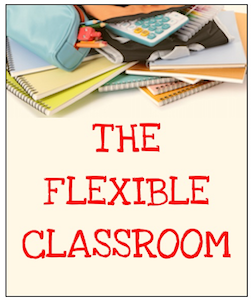 I’ll be honest here. The word “conferencing” can make me choke on my coffee a little. I know there are super teachers out there who can conference with a student, having meaningful discourse about the perfectly placed adverb, all while the rest of the class is busily writing the next great American short story.
I’ll be honest here. The word “conferencing” can make me choke on my coffee a little. I know there are super teachers out there who can conference with a student, having meaningful discourse about the perfectly placed adverb, all while the rest of the class is busily writing the next great American short story.
I’m not that teacher.
Here’s what happens when I attempt to conference with students: I try to translate a note that I’ve previously written on a student’s piece, only to realize that I can’t even read my own cursive anymore.
I hear that someone’s headphones are too loud, likely damaging her hearing for life, and I don’t want that on me, so I locate the culprit, ask her to turn it down, and just like a middle school classroom-sized game of whack-a-mole, another problem pops up. Except, it isn’t a “problem,” but instead the typical tenor of my project based classes which are never still or silent.
Much of our writing is collaborative, and everything is digital. My class is built on the concept of flexibility, and though traditional writer’s conferences are effective and lovely, they fly in the face of how I usually interact with students – organically and spontaneously, not from 9:20-9:25.
Don’t get me wrong, I envy teachers who can make traditional conferencing work for them, but for those of us who can’t, I’ve recently discovered an effective alternative:
I discovered this alternate recently, as we were finishing our latest writing piece. Here’s my story.
Taking “unconferencing” for a test drive
My students were writing a Credo essay. The assignment asked them to write an essay explaining five beliefs that are uniquely theirs, a sort of “Rules to Live By.” Next, they created a slideshow using minimal text to tell us about their beliefs.
The assignment is designed to address the social and emotional needs of middle school kiddos, while also tightening up their writing skills on their way to high school. By this point, it is always evident that students need a grammar brush-up, particularly in comma usage to prevent run-on sentences.
They also need to experiment with sentence length and figurative language and add what I call “ompf” to their writing. If you’d like a more in-depth approach to grammar, check out my Grammar Bootcamp blog.
It seems pretty straightforward as assignments go, but a room full of middle school students always proves to be a balancing act. On the one hand, they need to assert their individuality, while on the other hand they are trying desperately to fit in.
The secret “ah ha” moment I’m orchestrating here is that as they watch each other’s presentations, they see just how much they have in common, even in the midst of different religious ideals and belief systems and across social classes. Almost without fail, students reveal a common need for family, friends, and autonomy, which is the perfect “set-up” for our upcoming Outsiders unit (read about that in next month’s blog!).
The assignment is engaging. We know middle school students enjoy talking about themselves, so this is a perfect time for me to integrate writing instruction in a non-threatening way. Instead of trying to pull off writing conferences, we have “writing days” where students are permitted to listen to music, talk together quietly as they write and edit each other’s work in Google Docs, or get a library pass if they need total silence.
Believe it or not, students sort themselves out almost equally among those three categories, so I feel really good about offering all three options.
What am I doing during this time? I’m available to help students meet the requirements I’ve laid out in the grading guide. I’ve already taught mini-lessons on commas, semi-colons, sentence variety, and figurative language.
Some students will message me, some students will holler out a question (but only if it applies to everyone), while many will pop up to my desk. I explain to my students what I am doing so that if they note I’m on the computer, they know that I’m answering student questions, but they are able to still come up to talk with me.
My students are also encouraged to work together. There is nothing more musical to an English teacher’s ears than hearing two 8th grade girls discuss whether or not a metaphor is working, or to read students’ comments as they are editing each other’s commas in their Google Docs:
Exploring figurative language
One of the goals of the assignment for my more skilled students is to make them mindful of the impact of their sentence structure. Students are required to use commas, semicolons, or dramatically brief sentences for effect, which they highlight in yellow. They are also required to use figurative language or a well-developed image, which they highlight in green.
For some students, simply including these elements is the challenge, but for others, it was interesting to see them experiment with language. For example, Olivia used the dramatically short sentence to add “ompf” to her point:
Flexible learning means working together
In the spirit of a flexible classroom, I’m trying to allow conferencing about writing to work in a way that best suits students. If I notice someone is struggling, I can shoot them a message or call that student up to my desk.
The reason I’m calling this unconferencing is because it is engaging all students to work together for what is best for themselves and their peers, without a preconceived notion on my part about what we need to accomplish. No one is forced to wait their turn to talk with me, as I’ve redefined the conferencing process to allow and encourage students to work together, instead of just relying on me.
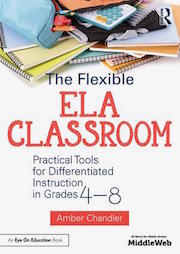
What better way to prepare students to embrace learning as an experience that can happen outside of classroom walls than to allow them to learn from all possible allies and experts, not just the one getting paid to be there?

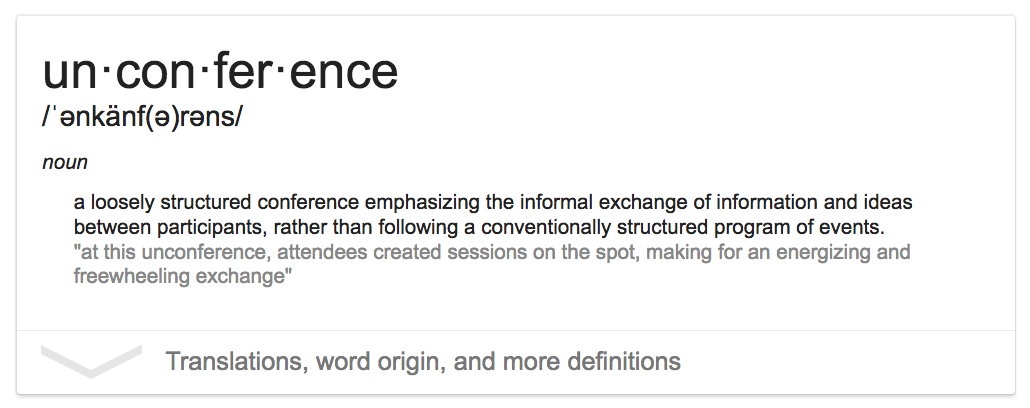
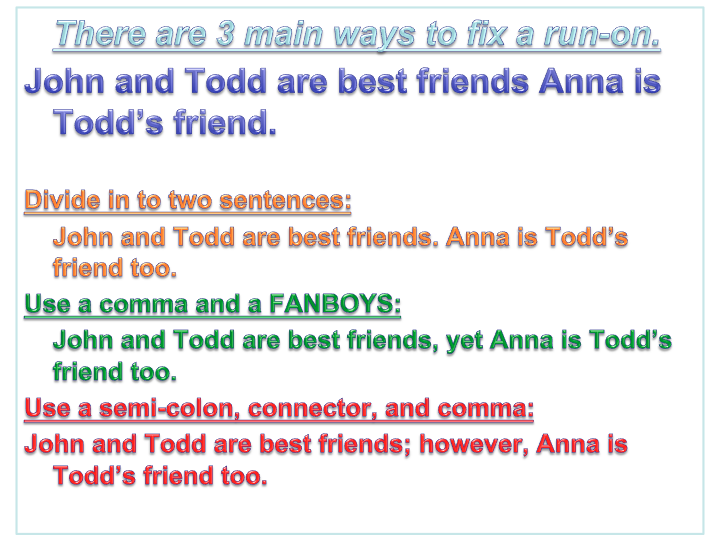

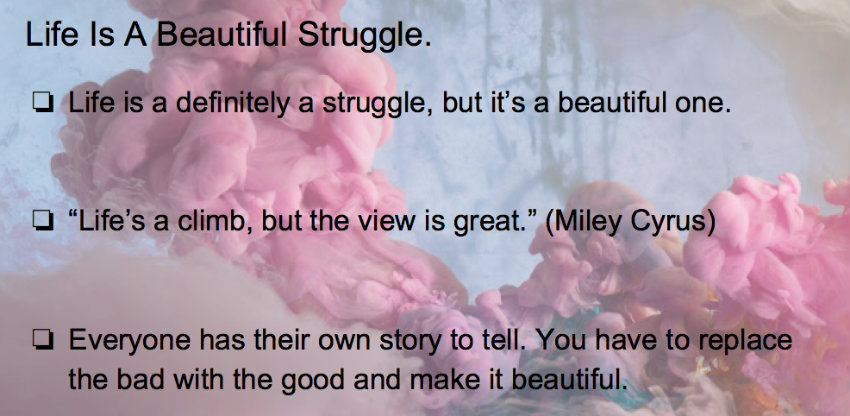
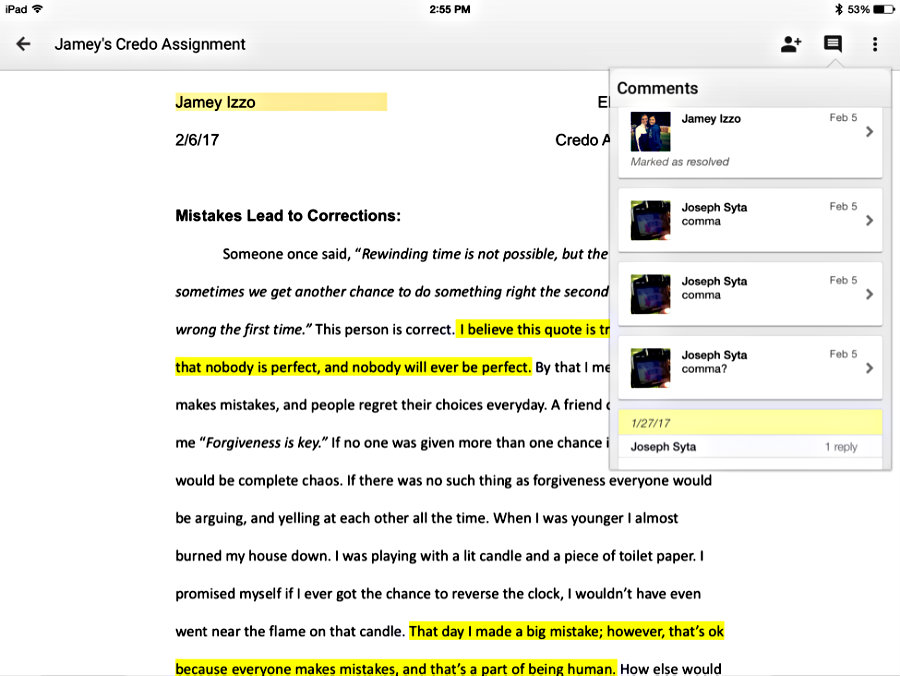
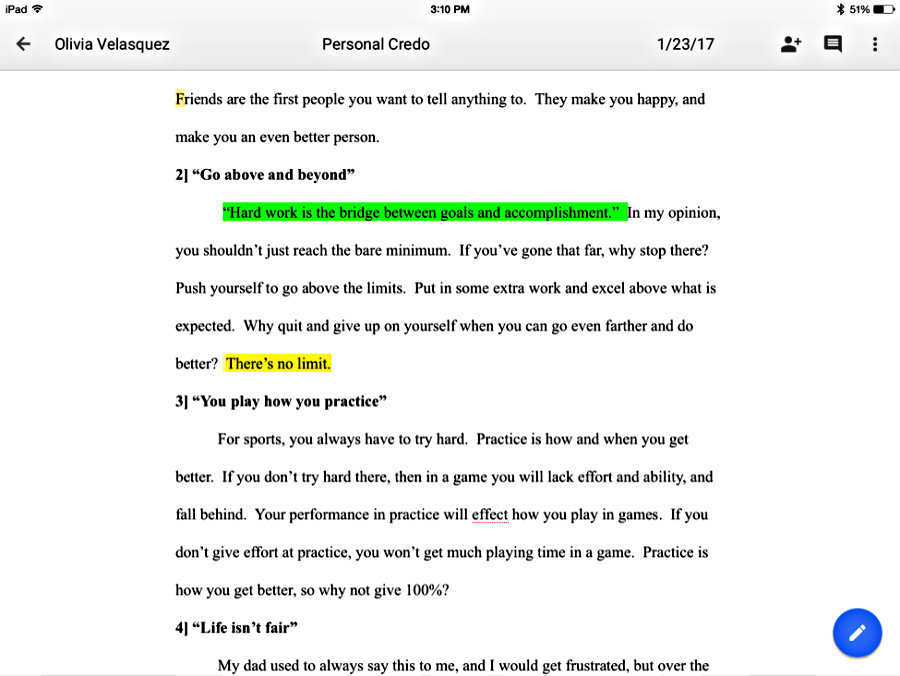






























Great post, Amber! I struggle with the idea of conferencing with my 32 5th graders as I tackle Calkins-style writer’s workshop, and I have found myself a more effective teacher going back to my old ways, which is similar to your unconferencing style. Thanks!